Custody Letter Template for Legal and Personal Use
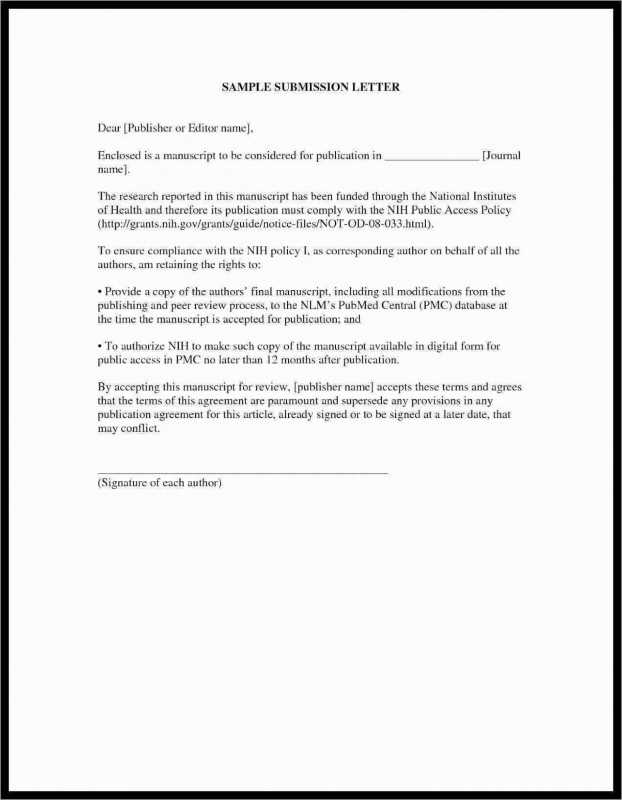
When dealing with legal situations involving the care and guardianship of a child, one of the essential steps is drafting a document that clearly outlines responsibilities and intentions. Such a document plays a vital role in ensuring clarity and mutual understanding between the parties involved. The process of writing this document requires careful consideration of the required details and legal obligations.
Key Components of the Document
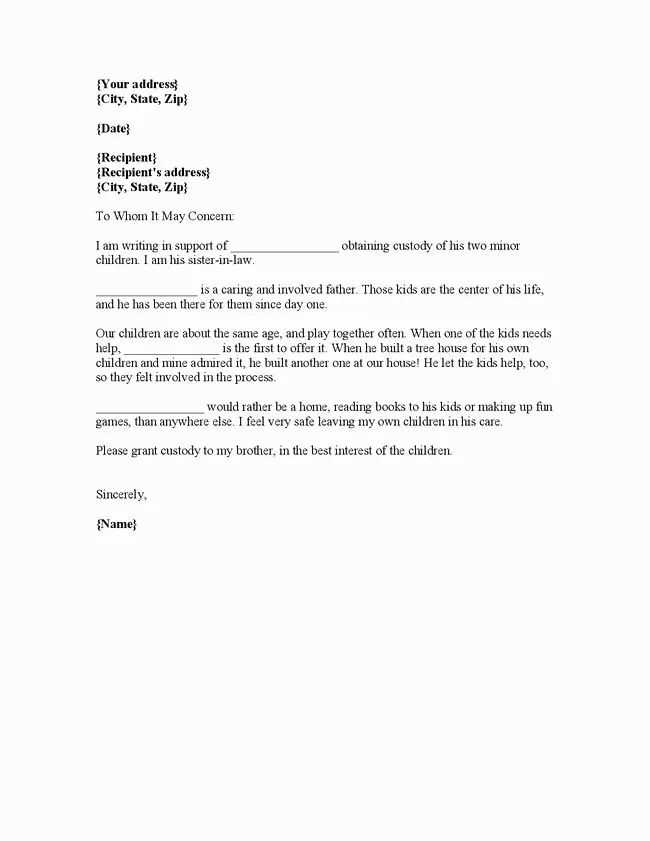
To create an effective formal statement, it is crucial to include specific details that outline the nature of the agreement. Here are the main elements:
- Full Names: Ensure the names of all parties involved are correctly listed.
- Specific Terms: Clearly define the expectations and responsibilities of each party.
- Dates and Duration: Include start dates and any relevant timeframes associated with the agreement.
- Contact Information: Provide relevant details for future communication or updates.
Step-by-Step Guide to Writing
Follow these steps to draft a comprehensive document:
- Introduction: Begin by identifying all parties and stating the purpose of the agreement.
- Outline Responsibilities: Specify the duties of each individual in charge of care or decision-making.
- Include Legal Details: Ensure that any legal guidelines or laws are referenced appropriately.
- Finalize with Signatures: Conclude the document with the signatures of all involved parties to confirm agreement.
Common Mistakes to Avoid
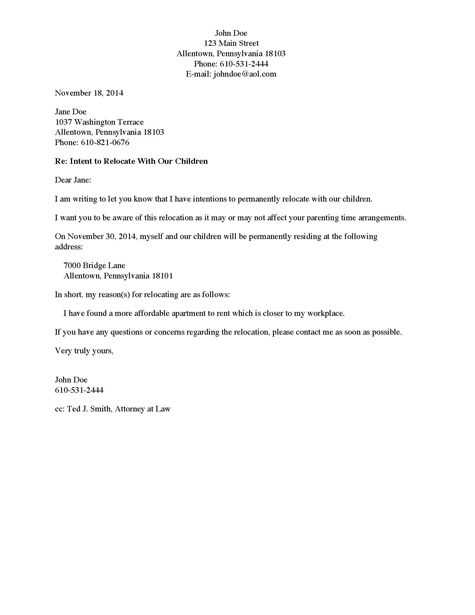
Even though drafting a formal document may seem straightforward, there are several mistakes that can hinder its effectiveness. Be mindful of the following:
- Failure to specify clear responsibilities can cause confusion later.
- Not including appropriate legal references or guidelines may lead to complications in court.
- Omitting signatures from all parties can make the document invalid.
Why Legal Guidance is Important
It is always recommended to seek professional legal advice before finalizing such a document. An attorney can ensure that all necessary elements are included and that it complies with the applicable laws, preventing potential issues in the future.
Why Guardianship Documents Matter and How to Draft Them
Creating formal agreements regarding the care and responsibilities for a child or dependent is crucial for avoiding confusion or disputes later on. These agreements provide clear guidance on expectations, ensuring that all parties are aligned in their roles. Drafting such a document requires careful attention to detail and understanding of the legal requirements involved.
Types of Documents Used in Guardianship Agreements
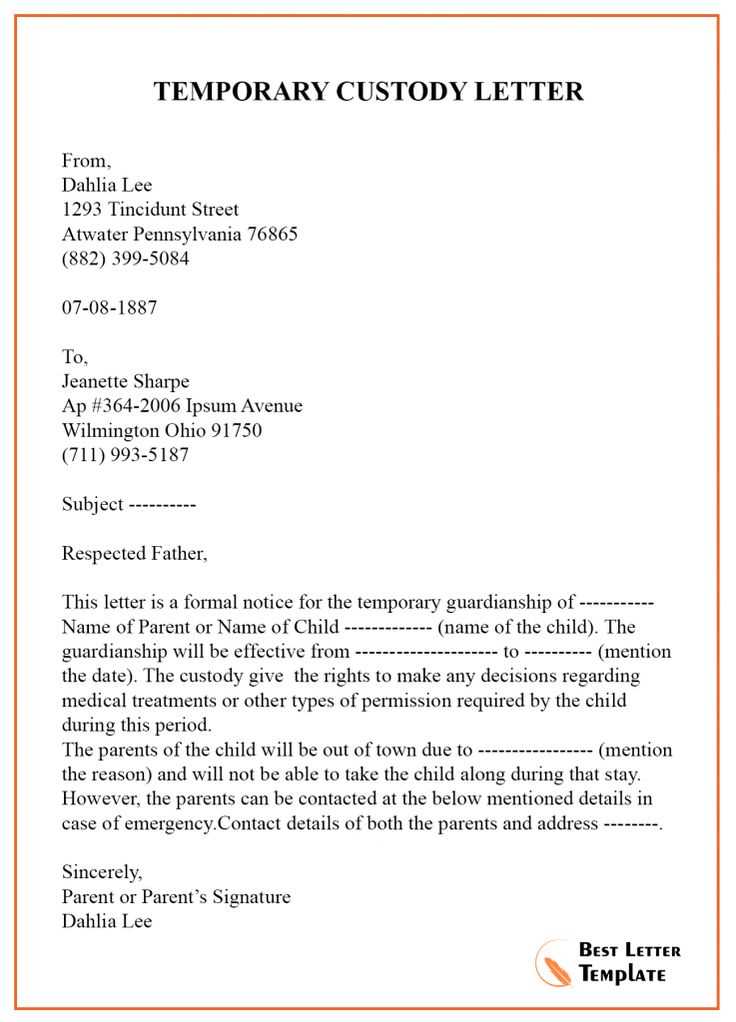
Different situations require different approaches when it comes to written agreements. Some documents may focus solely on visitation arrangements, while others address full legal guardianship or the delegation of decision-making authority. Understanding the purpose and scope of the document you’re drafting is essential in choosing the right format and structure.
What to Include in Guardianship Documents
When creating such a document, it is vital to cover the following key points:
- Identification of all parties involved: Include full names, addresses, and relationships.
- Responsibilities: Clearly define who is responsible for specific decisions or actions.
- Timeframes and terms: Specify how long the agreement will last and if any conditions are tied to its duration.
- Contact Information: Make sure all contact details for involved parties are listed for communication purposes.
Common Pitfalls to Avoid
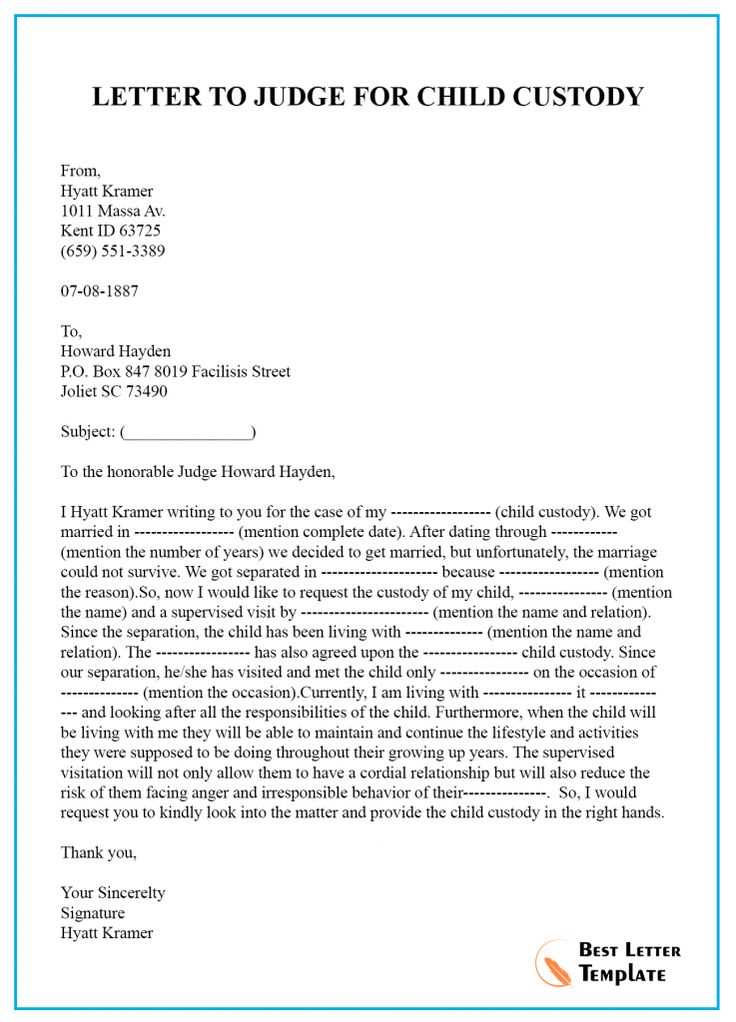
Failing to specify clear terms or overlooking necessary details can lead to complications later. Ensure that responsibilities are well defined and that all legal requirements are met to avoid any challenges in the future. It’s also critical that all involved parties sign and date the agreement to make it legally binding.